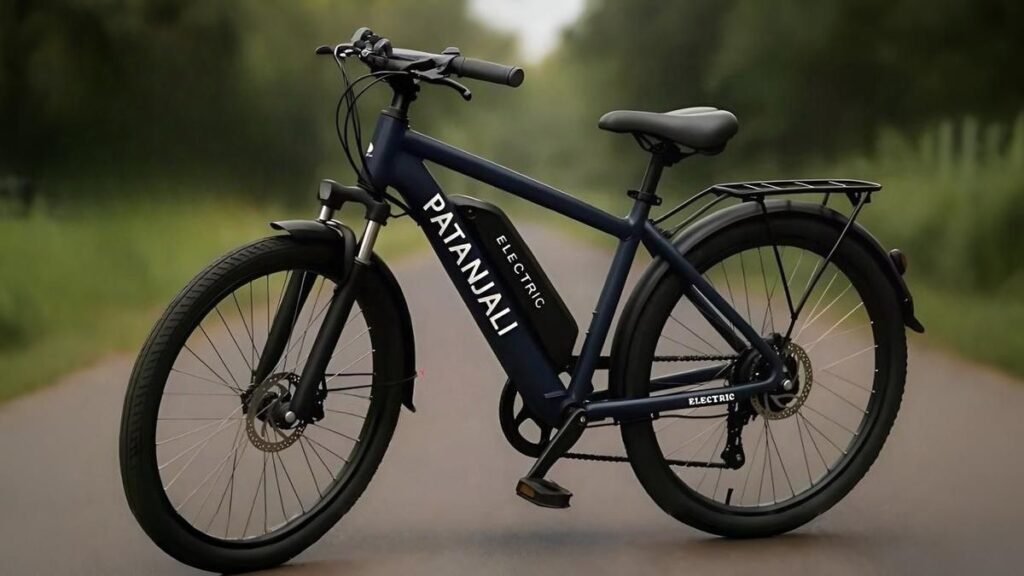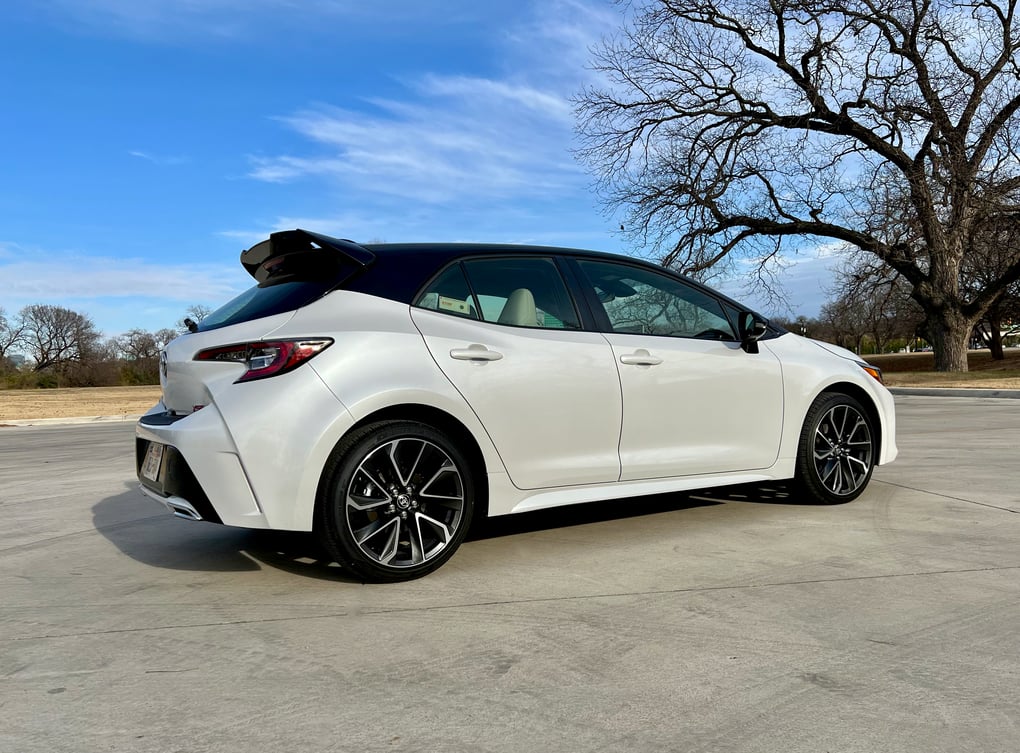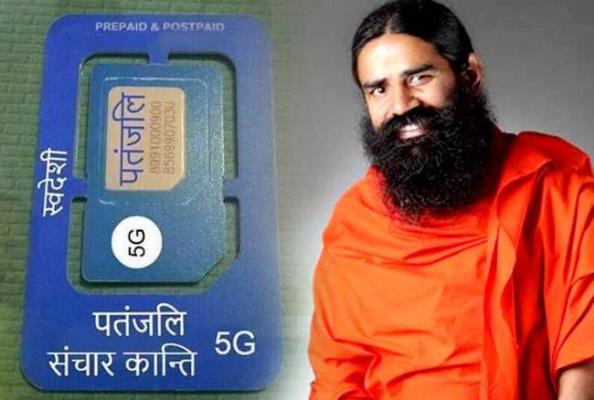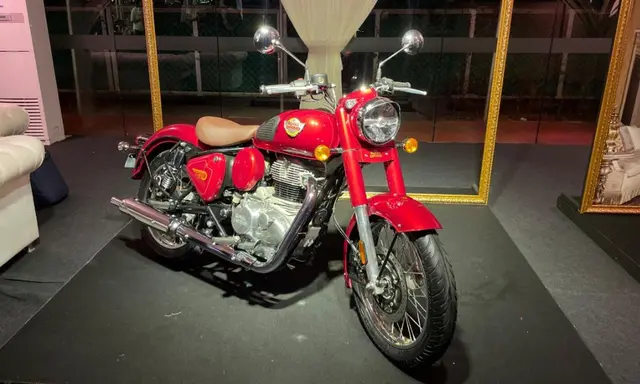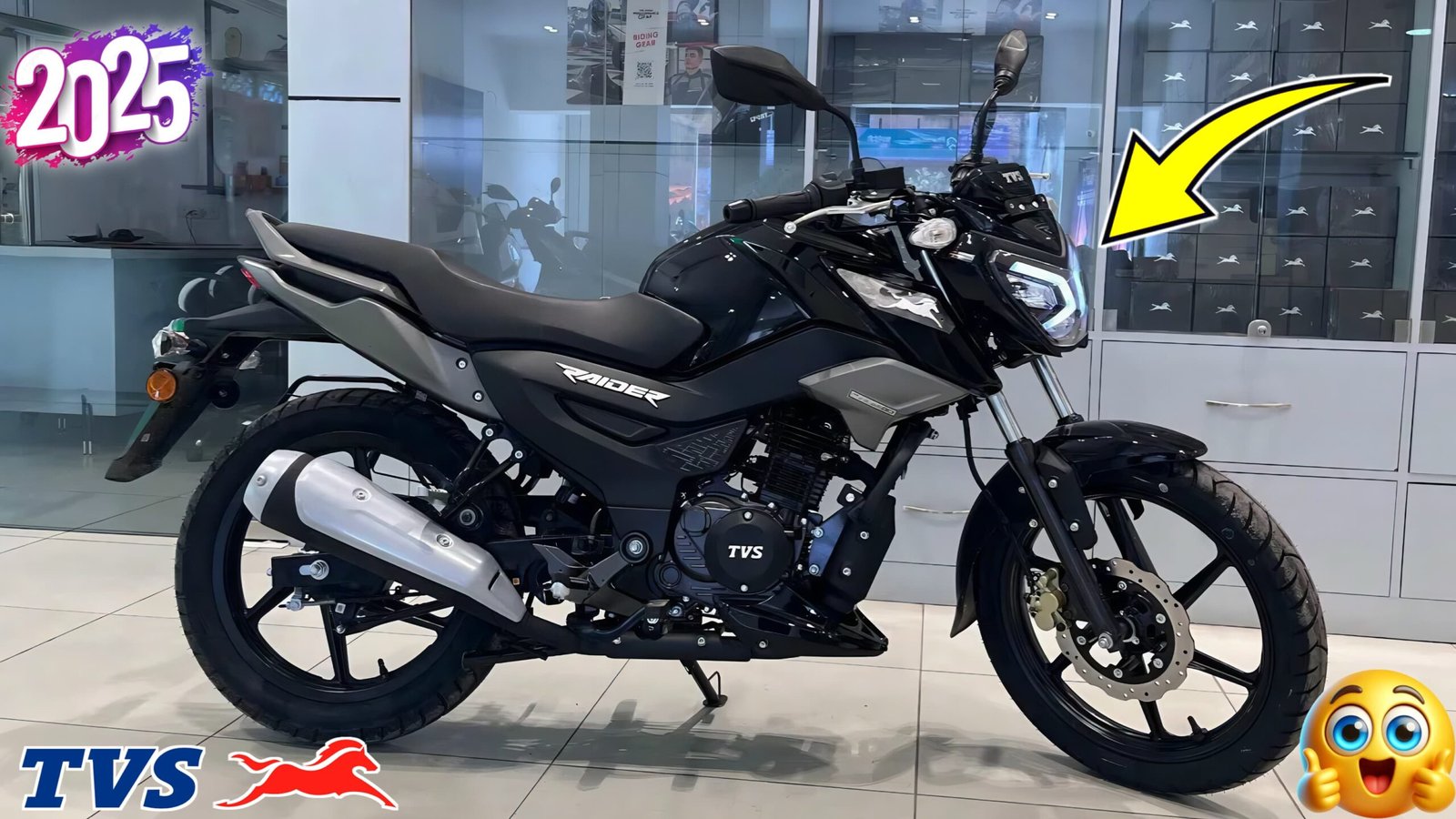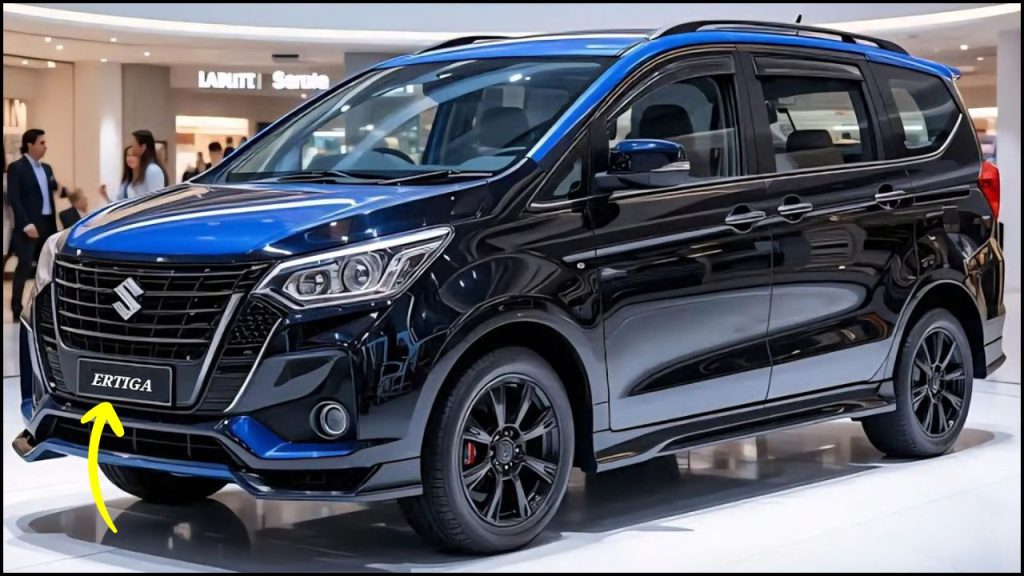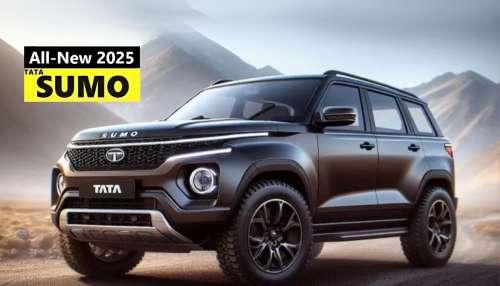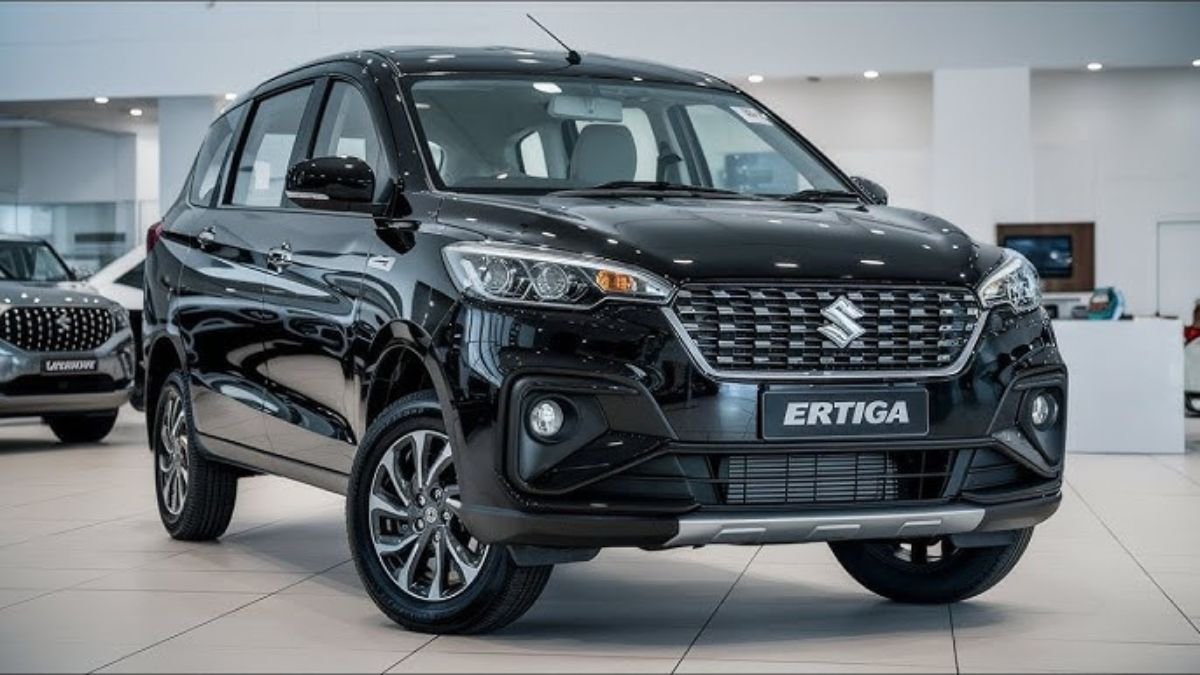India’s electric vehicle scene is buzzing. Rumours say Patanjali, best known for wellness products, will launch an electric cycle in 2025. This move could shake up last-mile travel. Let us dive into what this bike might offer and why it could matter.
A New Venture in Mobility?
Patanjali has built its name on Indian values. The brand uses home-grown ingredients and keeps prices low. An e-cycle fits that story. It would target cost-conscious buyers.
Students, daily riders and rural commuters might all benefit. The idea is simple. Give people a green option that costs less than petrol. If Patanjali nails quality, it could win big.
Anticipated Features of Patanjali Electric Cycle 2025
No official specs are out yet. But based on industry trends, here is what we expect:
- Motor A 250W BLDC hub motor. It meets Indian e-cycle rules.
- Battery A 36V 8Ah lithium-ion pack. Removable for easy swap. It could deliver 40–50 km per charge on smooth roads.
- Speed Limited to 25 km/h. Riders avoid registration.
- Charging Full charge in roughly 3–4 hours at home.
- Brakes Front disc brake and rear V-brake or drum. Safety first.
- Weight Around 20–25 kg. Light enough for city use.
- Frame Steel or aluminium alloy for strength and cost control.
- Extras LED headlamp, digital display, pedal-assist mode and cruise-like ride feel.
These features match what buyers want today. If Patanjali can add a few surprises, the cycle will shine.
Pricing and Positioning in the Market
Price is king in India. Current electric cycles cost ₹25,000–₹45,000. Reports suggest Patanjali may ask under ₹20,000. That would be a game-changer.
At that rate, students and gig workers will take notice. Tier 2 and Tier 3 cities would see huge demand. Patanjali could capture the largest market share if it keeps costs down while keeping quality up.
A sub-₹20,000 price tag could force rivals to rethink. Hero Lectro, EMotorad and Nexzu may feel the heat. Consumers stand to gain from better deals all around.
Target Audience
Patanjali’s brand power spans many customer groups. This e-cycle could appeal to:
- Students School and college runs. Light on the wallet and planet.
- Delivery drivers Low running cost helps food and parcel partners.
- Small-business owners Shopkeepers and vendors use last-mile green rides.
- Eco-minded buyers Fans of Ayurveda and natural living may switch from fossil fuel.
The cycle’s low maintenance focus will help it score. Zero fuel bills and simple service make it a top pick.
Challenges Ahead
Hype can only go so far. Patanjali must clear key hurdles:
- Build quality A low price must not mean flimsy parts.
- Service network Widespread support centres are vital for trust.
- Battery life Easy swap or upgrade options will extend lifespan.
- Competition Established brands already serve this space well.
Patanjali’s strength lies in its brand loyalty. But new categories require fresh know-how. The company will need solid partners in design, production and after-sales care.
Final Verdict
The Patanjali Electric Cycle 2025 could change the rules of India’s e-cycle game. A smart ride at under ₹20,000 would open doors for students, delivery riders and eco-fans. Success depends on real specs, strong service and reliable build.
For now, we wait for official word. If Patanjali delivers on its promise, this cycle may be the most talked-about e-bike of 2025. Stay tuned for confirmed details as they come.
